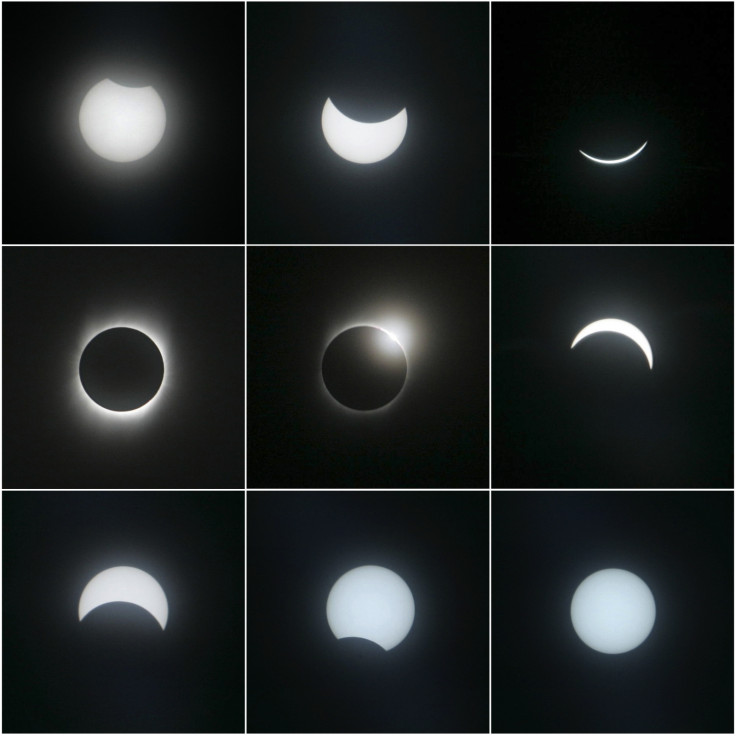Solar eclipse 2015: Parts of Europe will be plunged into darkness in March

The biggest solar eclipse for 16 years is set to take place next month, plunging the UK and parts of Europe in the darkness for about two hours.
Experts have warned power supplies could be affected by the eclipse, which will take place on the morning of 20 March.
In Scotland more than 95% of the sun's light will be blocked out, while in London and the South East, around 85% of the sun will be covered.
An area of totality, where a total eclipse can be observed, includes a wide corridor along the Northern Atlantic, North Sea and Norwegian Sea. The Faroe Islands are among the few land masses in this path.
The Faroe Islands will witness a total solar eclipse that will last for around two minutes and 12 seconds.

In the UK, the solar eclipse will start at about 8.40am. Experts have warned there could be blackouts during the two-hour window and the National Grid has said solar power output will halve during the event.
While this is unlikely to cause major problems in the UK, other parts of Europe that rely on solar power could be affected.
The European Network Transmission System Operators for Electricity told the Telegraph: "The risk of incident cannot be completely ruled out.
"Solar eclipses have happened before but with the increase of installed photovoltaic energy generation, the risk of an incident could be serious without appropriate countermeasures."
Total solar eclipses are the rarest of the three types of solar eclipse – the others being partial and annular. It happens when the moon is at a new phase and non-near apogee (when it is at its farthest point from Earth). The moon then blocks out the light from the Sun.
The next total solar eclipse over Europe will take place on 12 August 2026.
© Copyright IBTimes 2025. All rights reserved.






















